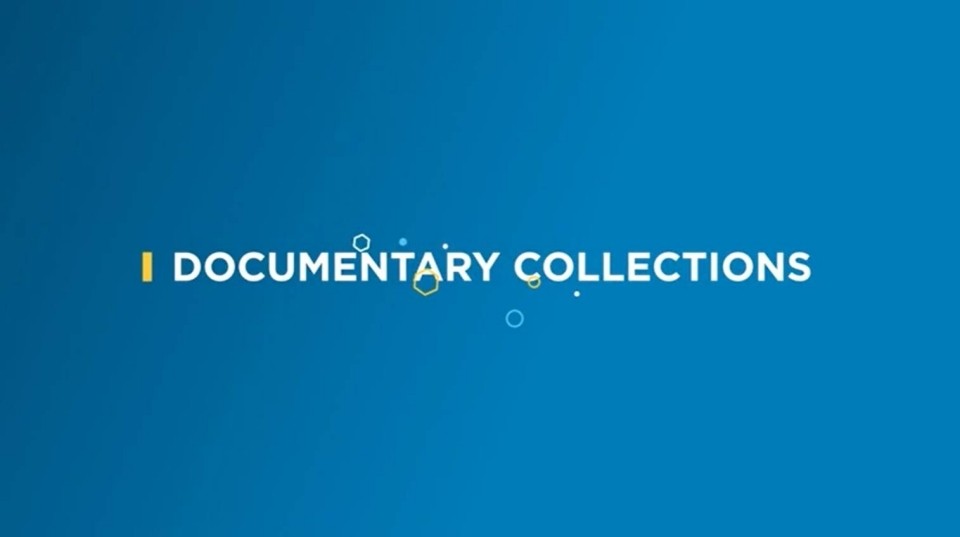Blog Detail
Documentary Collection in Global Trade

When companies export and import goods internationally, paying and transferring ownership can be risky if the parties don't know or trust each other. Documentary collection provides a secure payment process that helps facilitate trade in these situations. The exporter ships the goods and then presents documents transferring legal ownership to the importer's bank. The bank only hands over these ownership papers to the importer after they make payment as agreed. This way, the exporter knows they will get paid before releasing the goods, while the importer sees proof of shipment and verifies everything before paying out. Having this reliable process governed by standard rules allows companies to trade globally, even with strangers, as both sides feel their interests are protected.
Types of Documentary Collection
In a transaction involving Documents Against Payment (D/P), the exporter sends the products to the importer and gives the collecting bank the necessary paperwork to transfer the title, such as a bill of lading, commercial invoice, and certificate of origin. The documentation will only be made available to the importer by the bank following their complete payment for the items. This effectively secures payment upfront for the exporter before loss of control over the merchandise.
With Documents Against Acceptance (D/A), the exporter instead draws a bill of exchange or draft requiring the importer to formally accept liability for payment at a future maturity date, usually 30-180 days later. Upon the importer's acceptance of this legally binding payment term, the trade documents conveying ownership are released. This mechanism allows more flexible payment terms for the importer but is riskier for the exporter. By securing acceptance of the draft, however, the exporter obtains a negotiable financial obligation they can sell, borrow against, or use to help finance the shipment during the interval until the ultimate collection of payment.
Common Documents Used in Documentary Collections
Commercial Invoice: The commercial invoice details precisely what was sold, matching the importer's purchase order specifications - items, amounts, costs, and so on. This formally documents the sale occurred as agreed by both parties.
Bill of Lading: The carrier's bill of lading legally transfers title and possession rights. It proves to the importer that the transportation company received the goods for transit as described in the invoice.
Certificate of Origin: Customs agents in the importing country require a certificate of origin to verify where the goods originated from. This facilitates assessment of appropriate import duties and restrictions.
Inspection Certificate: Many buyers will arrange for a third-party inspector to examine the goods before shipment to certify their quality, specifications, packaging, and quantity align with purchase requirements. This inspection certificate provides standardized verification.
Insurance Certificate: If the buyer or seller purchases cargo insurance covering damage/loss on the shipment, the insurance certificate proves the policy coverage amounts and risks covered.
Packing List: A detailed manifest documenting the quantity, type, and contents of each shipping package or container. Enables easy verification of receipt.
Weight Certificate: Provided by the shipper/transporter, these document the precise gross or net weight of the shipped goods. Important for Customs duties, transport costs, quotas, and other liabilities based partly on weight factors.
Other specialized documents such as fumigation certificates, safety clearance paperwork, and export licenses may also be required depending on the goods, shipping regulations, and countries involved in the transaction.
Documentary Collection and Letters of Credit
A key difference between documentary collections and letters of credit involves the payment guarantee. With collections, banks undertake only procedural responsibilities - the ultimate payment still depends on the importer. There is a risk of non-payment if the importer refuses the documents.
In contrast, letters of credit have an independent payment guarantee from the issuing bank regardless of any discrepancies or the buyer's financial problems. However, letters of credit involve extra cost and complexity for this added security. Both approaches have their place in mitigating trade risks, with collections more simple and cost-efficient but letters of credit providing stronger assurance through the bank guarantee. The choice depends on the amount of risk and resources that make sense for each global transaction.
Conclusion
Documentary collections provide a standardized, well-defined process that enables exporters and importers to conduct trade more safely when they lack existing trust or familiarity. By formalizing the transfer of ownership documents and payment, collections enable goods to flow internationally while mitigating the risk of non-payment for sellers and non-delivery for buyers. Parties on both sides also benefit from the oversight and intermediation of banks in coordinating the collection and release of cargo and payments. For businesses seeking International trade finance opportunities, the protections offered by documentary collections facilitate profitable cross-border transactions and relationships, opening doors to engage in trade more widely across borders. Thereby, Documentary collection critically enables international trade.






